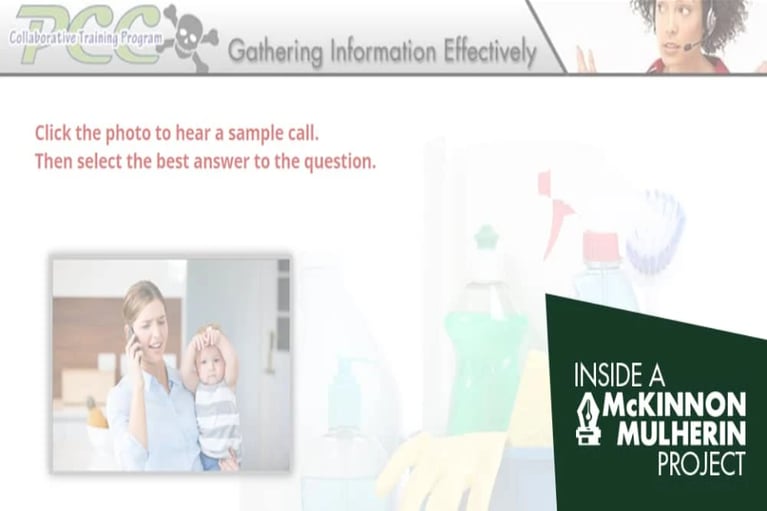Storytelling to Make Learning Engaging
Confession: I’m a video gamer. One of my favorite things to do is to stop thinking about the world and all my troubles and get lost in the story of a different world.
How is that relevant to learning? Why is playing a video game more inviting than learning something?
This is one of the major questions that has been around as long as video gaming has been a hobby. There are many different answers: just Google “gamification” or “game theory.” But one reason is that most games have a compelling story.
Everything is more interesting with a story. We’re social creatures, and we’ve been talking a lot longer than writing. Telling stories taps into a primal desire to listen and make sense of what’s happening. Our brains are wired to recognize patterns and fill in the gaps. Metaphors, fables, and stories give our brain a nice, easy way to attach an abstract concept to something that is more easily remembered.
Let’s look at how we can apply this on the job. We recently worked with a company who had bulleted list after bulleted list of reasons not to share its proprietary information, how to handle information, and how to incorporate best practices.
How should we present this information? We could have just left the bulleted lists and been done—easy. Would anyone remember that information later? Probably not.
So we came up with a story to illustrate best practices—and mistakes:
Terry scheduled a meeting with a vendor. He made a mental note to follow company procedures to register the visit, but he forgot. The day of the visit came, and the vendor had a hard time checking in. Terry escorted his visitor to an approved conference room. When they entered, he saw that the room hadn’t been cleaned after the previous meeting, and proprietary information was prominently displayed. While the vendor set up her things, Terry quickly tidied up and tried to hide the proprietary information. After the meeting, he escorted the vendor out of the building.
What did Terry do correctly? What did Terry do incorrectly?
By attaching the best practices to a scenario that could actually happen, we improve the memorability of the information. Stories use the natural biases in our brain to create a longer-lasting memory. By carefully crafting these stories, we not only make learning more engaging, but we also improve how long learners remember the information.
About the Author: Synthia Clark











